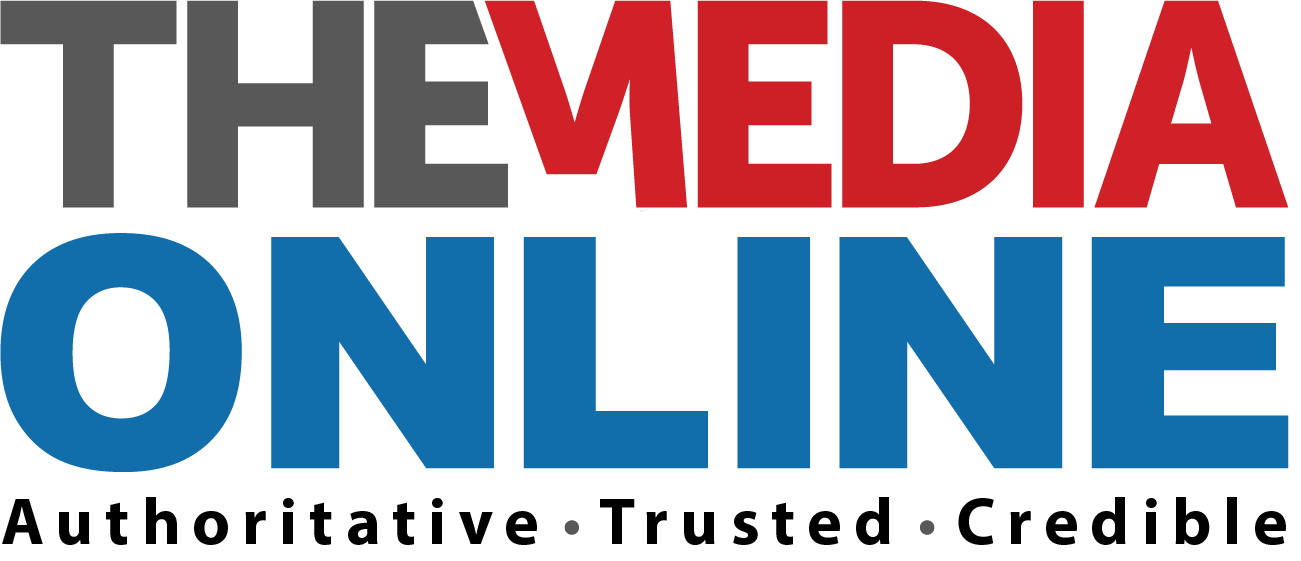There’s a pattern in how we talk to women, and it’s become such a habit that we barely notice it anymore. Open any magazine, scroll through any feed, watch any advertisement, and you’ll see women addressed through their belongings. Across industries, the conversation often starts with what women own or manage rather than who they are.
Of course, the things in our lives matter. Our homes, our cars, our possessions are worth protecting and caring for. But when that’s where the conversation begins and ends, when we only ever address women through the lens of their belongings or their responsibilities, something important gets lost.
The truth is, we’ve built an entire commercial and cultural ecosystem that sees women primarily as doers, as holders of things, as performers of roles. We see her productivity before we see her humanity, and in doing so, we’ve created a gap between visibility and recognition. Women are seen, certainly, but they’re not always seen fully.
Beyond the noise
It has been easier to speak to what she owns than who she is, simpler to address her through her responsibilities than to acknowledge the weight of carrying them. When every conversation begins with her things, her car, her children, her job, the unspoken message is clear: your value lies in what you manage, what you maintain, what you produce. You are what you do for others.
But people are not one-dimensional. Women exist in a state of constant multiplicity. Women are soft and bold, ambitious and exhausted, playful and serious, strong and struggling, often all at once, sometimes within the same hour.
To flatten this reality into a single narrative of unwavering strength or to reduce it to a checklist of assets is to miss the person entirely.
When strength becomes a burden
For years, women have been told; be bold, be brave, lean in, speak up, break barriers. And women have. They’ve shown up, stepped up, and held it together with remarkable grace under extraordinary pressure.
Recent research from the Her and Now: Insights into the Women of South Africa 2025 report reveals what many women have been quietly feeling. With the accelerating pace of modern life, what once felt energising now feels heavier for many.
Women describe being constantly seen as the one who ‘keeps it all together’, even when life is demanding. They still value strength, but want room to rest and the freedom to show softness or uncertainty without feeling they have let anyone down.
The data bears this out. An overwhelming 96% say the right to exhale matters as much as the drive to achieve, whilst two-thirds feel expected to hold everything together daily. These aren’t small numbers. This is a quiet revolution happening in real time, a collective reckoning with the unsustainable pressure of perpetual strength.
The shift isn’t about rejecting strength. It’s about rejecting the mandate that strength must be performed constantly, that vulnerability equals weakness, that needing support means failure. Women are asking for something profoundly simple: the freedom to be human, to be strong when they are and honest when they’re not, to rest without shame and struggle without judgement.
Reordering the conversation
This is where brands, and society, have an opportunity to do better by fundamentally reordering the conversation. By putting her first: her needs, her limits, her contradictions, her full humanity. And then, after that, everything she values.
It’s a subtle shift with profound implications. Instead of asking how we help her protect her assets, the question becomes what does she need to feel seen and supported. Instead of focusing on how we celebrate her strength, it becomes about honouring all of her, including the parts that aren’t strong today.
This is about creating space for the full range of human experience, recognising that a woman can be ambitious and tired, that she can value achievement and also need rest, that she can be both the person who holds things together and the person who sometimes needs to fall apart.
Some might argue this is too nuanced for marketing, too complex for commercial messaging. But people, women especially, are hungry for this kind of recognition. They’re exhausted by being reduced to archetypes, tired of brands speaking past them to their possessions, their roles, their productivity.
‘Somewhat’ seen
Nearly half of women in recent research said they feel only ‘somewhat’ seen by brands. Not unseen entirely, but partially visible. That gap between partial visibility and full recognition is where trust is built or broken, where loyalty is earned or lost, where brands reveal whether they see their customers as transaction points or as human beings.
Research from the Unstereotype Alliance shows that advertising which accurately represents women and overturns stereotypes can drive incremental sales lifts of up to 10 times, whilst brands with inclusive advertising see 16% higher long-term sales and are 62% more likely to be a consumer’s first choice.
The organisations that will thrive in the years ahead are those that understand this distinction, that recognise the invisibility crisis for what it is: not a marketing problem, but a human problem that marketing has the power to address.
Putting women first isn’t a campaign theme, it’s a commitment to seeing and speaking to the full person, not just the productive parts.
Relearning how we speak to and about women
The path forward requires more than new taglines and refreshed creative. It demands a fundamental reexamination of how we speak to and about women. It means creating space in our messaging, our products, our services and our culture for complexity.
It means asking different questions. Not what does she own that we can protect, but what does she need to feel secure. Not how can we celebrate her strength, but how can we support all of her, on good days and hard ones. Not what roles she plays, but who she is when no one is watching.
In practical terms, this shifts how we approach everything from customer research to creative development. It means conducting research that goes beyond demographic segments and purchasing behaviour to understand the emotional landscape women navigate daily.
It means briefing creative teams not just on what we’re selling, but on who we’re speaking to as complete human beings. It means reviewing our brand voice and visual language to ensure we’re not inadvertently reinforcing the very limitations we claim to reject and it means examining our customer service touchpoints to ask whether they acknowledge the mental load women carry, or simply add to it.
Different answers
These questions lead to different answers. They lead to marketing that feels less like a transaction and more like a conversation, to products and services designed for human beings rather than human doings, to a commercial culture that sees women not as assets to be managed or roles to be performed, but as people deserving of recognition, support and the simple freedom to be themselves.
The quiet revolution is already underway. Women are asking to be seen differently, not because they’ve changed, but because they’ve grown tired of the narrow lens through which women are viewed. The question now is whether brands, and society at large, are ready to meet that moment, whether we’re willing to put her first before addressing everything else.
When we do, something shifts. We move from transactional to transformational, from seeing her as a segment to seeing her as a person. That’s not just better marketing. It’s the right thing to do.
ill Mulligan is head of marketing at 1st for Women.














